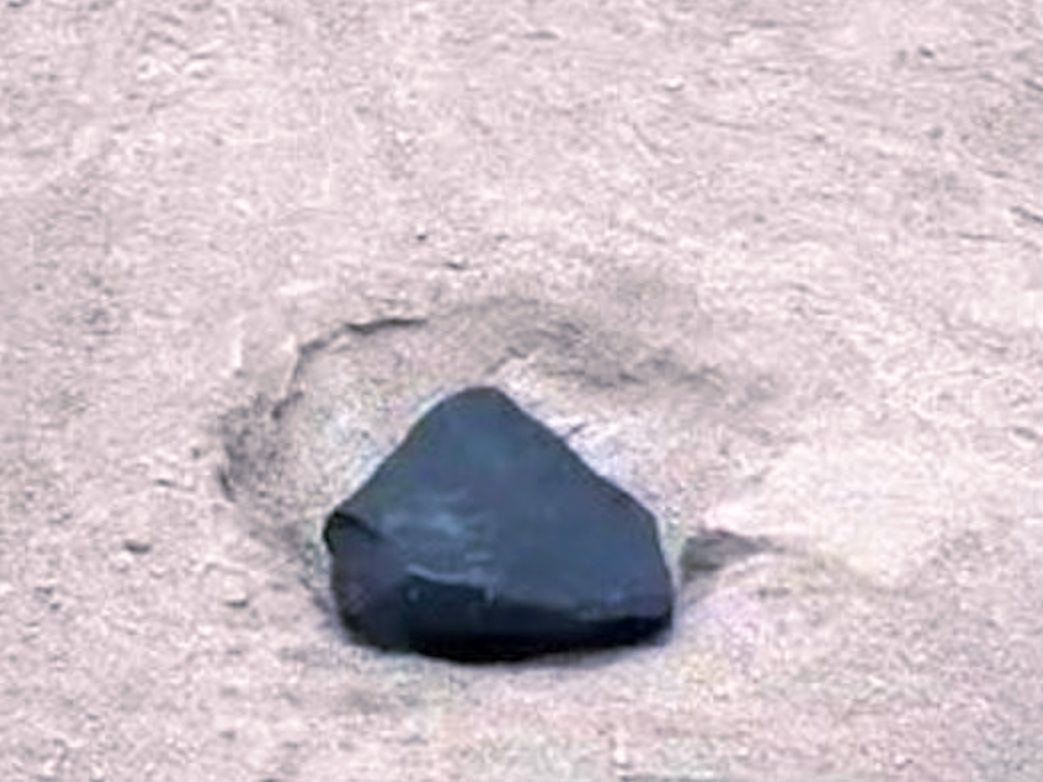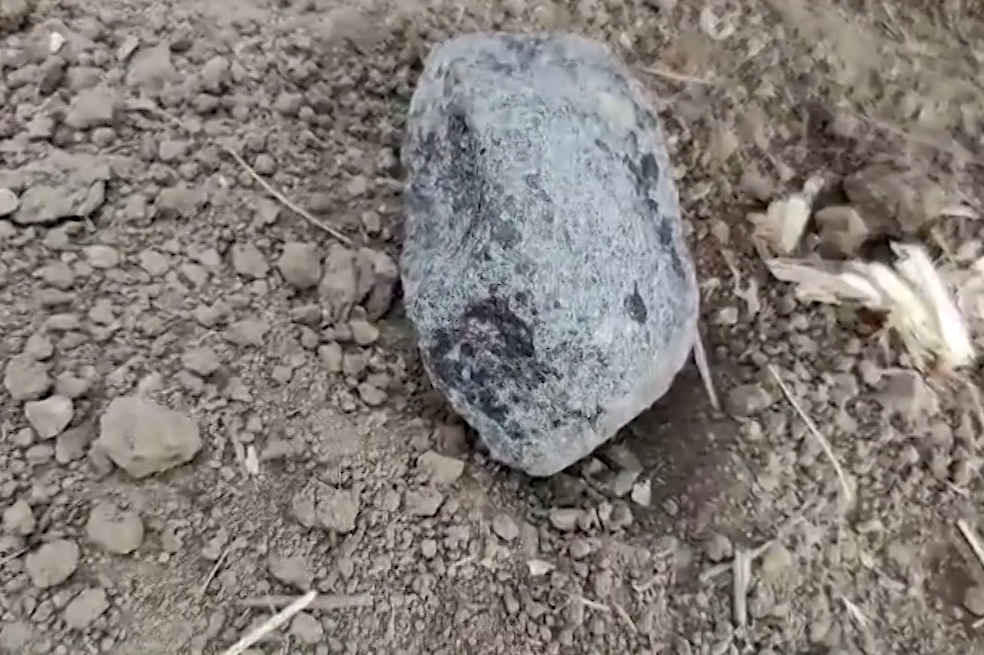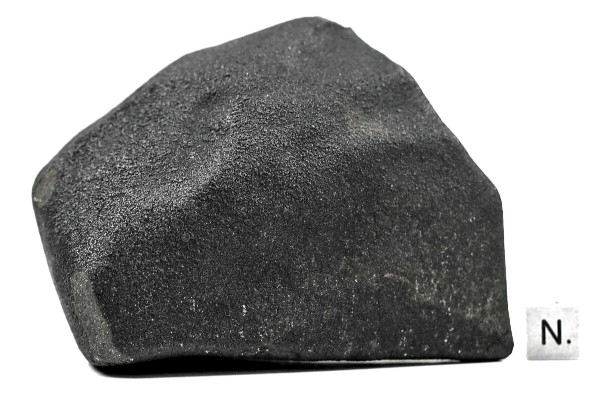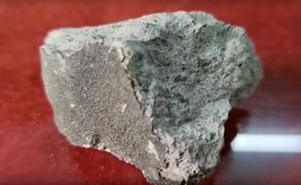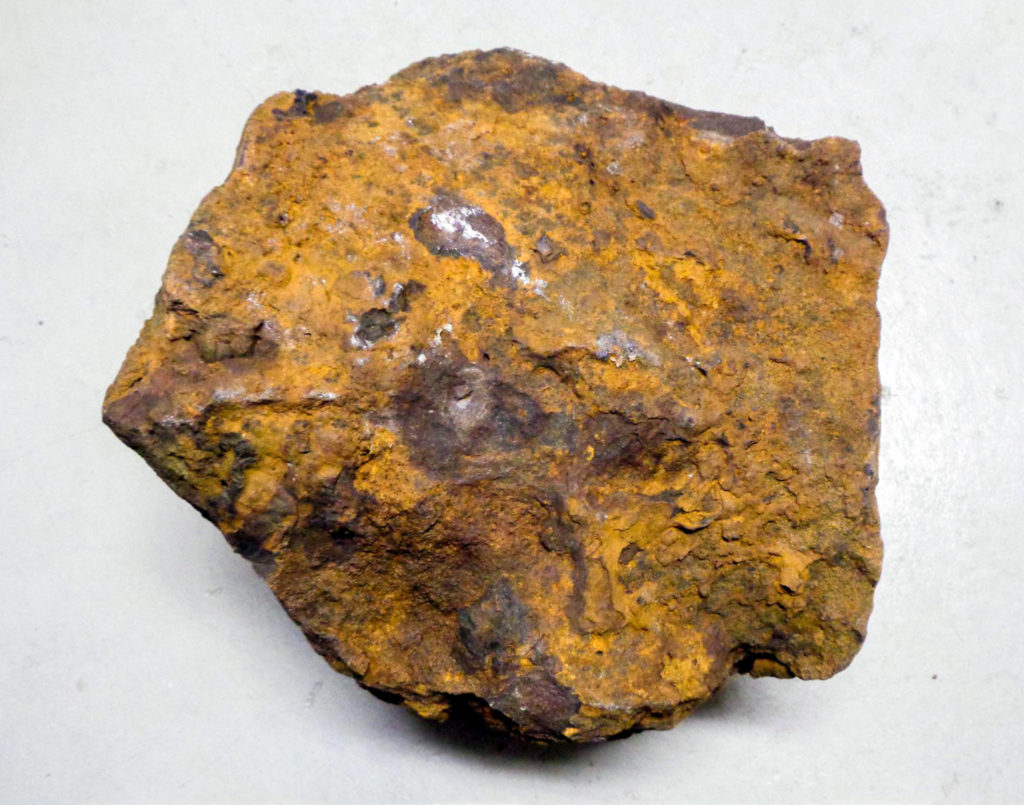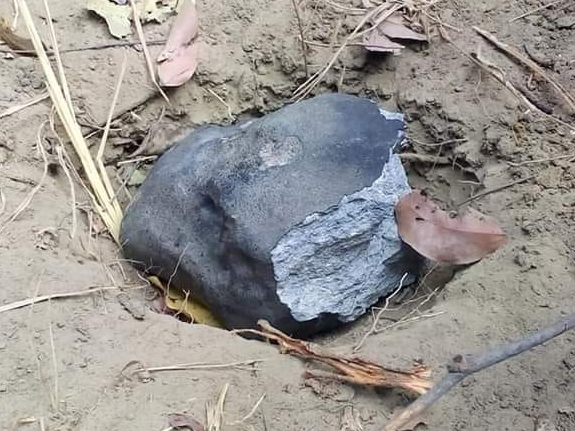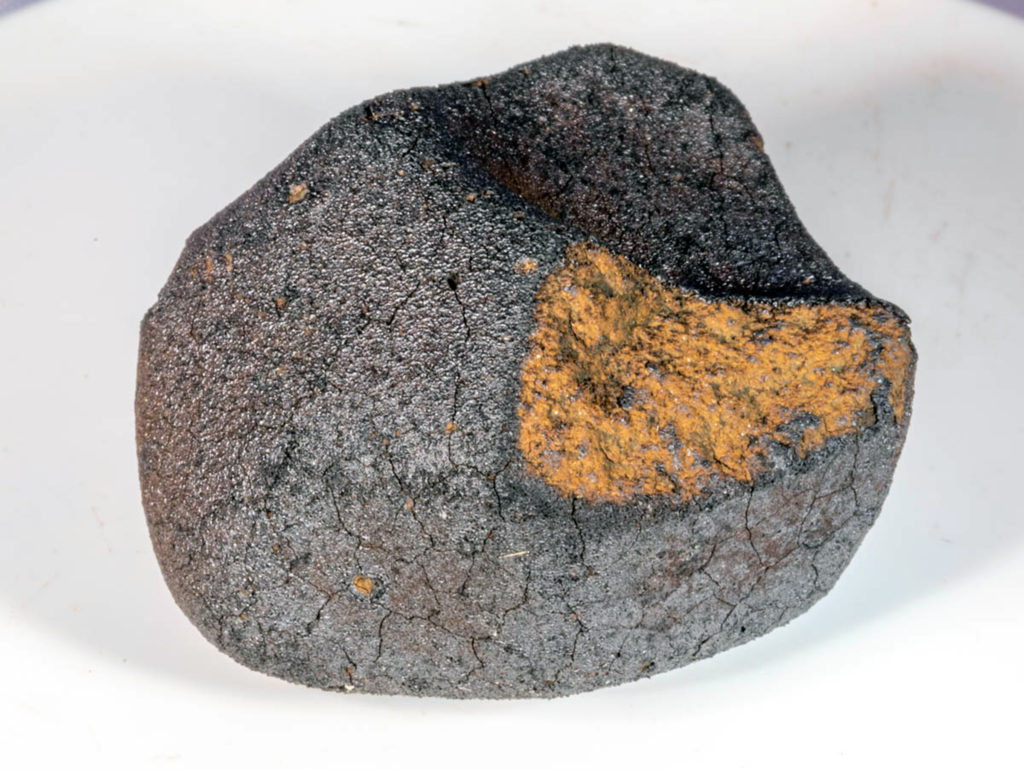What Can Meteorites Tell Us About the Formation of Jupiter?OPENA ACCESS
Benjamin P. Weiss, William F. Bottke
Commentary
AGU Advances
Volume 2, Issue 2
June 2021
LINK (OPEN ACCESS)
PDF (OPEN ACCESS)
“Key Points
- Meteorite paleomagnetism constrains the lifetime of the solar nebula and therefore the time by which Jupiter formed
- Jupiter’s inferred growth rate supports the core accretion model for giant planet formation
- This proposal can be further tested with new measurements and theory constraining the origin of isotopic and magnetic records observed in meteorites”
“Gas giants like Jupiter are a fundamental component of planetary systems, but how they formed has been uncertain. Here we discuss how paleomagnetic records in meteorites of the solar nebula may tell us about Jupiter’s final growth stage. We suggest that under certain testable assumptions, the meteorite data indicate that proto-Jupiter grew from a mass of ∼50 Earth masses (M⨁) at >3.46 million years (Ma) after solar system formation to its final mass of 318 M⊕ over just <0.5 Ma. This rapid acceleration is consistent with a key prediction of the core accretion model for giant planet formation.”

